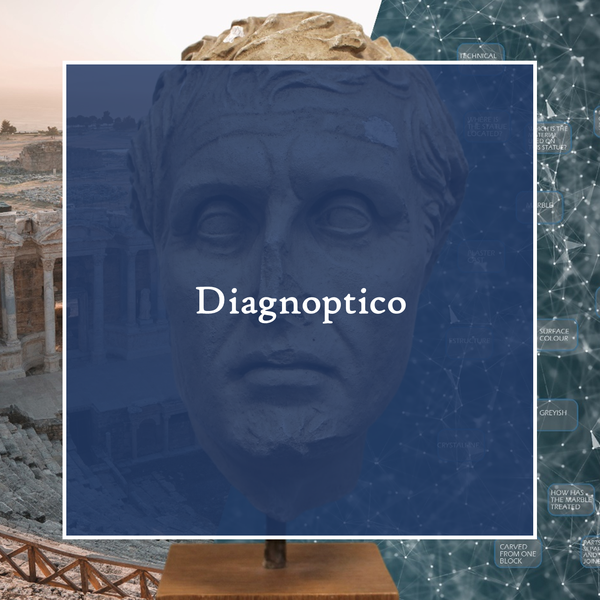Diagnoptico
 |
In this project funded by HessenHub, users can explore archaeological artifacts and their unique characteristics through interactive scenarios on a PC or mobile device. Using objects from the Justus Liebig University’s Collection of Antiquities, users are gradually introduced to the analysis and interpretation of these objects and their representations. Diagnoptico leverages serious gaming to develop skills in archaeological description and analysis, making it a valuable tool for the study of image science. The methodological approach for describing, analyzing, and interpreting objects is based on the diagnostic model of art historian Erwin Panofsky (1892-1968). This model is centered around three interrelated questions: What is represented? How is it depicted? Why is it depicted in this way? Diagnoptico guides users through these questions, starting with the basic properties of the object and progressively delving into more detailed archaeological object analysis. The platform employs interactive and educational elements such as multiple-choice questions, drag-and-drop puzzles, sorting tasks, cloze exercises, and crossword puzzles. In a course during the winter term 2021/22, students from Classical Archaeology and other disciplines created interactive learning modules. At the exhibition opening, visitors will have the opportunity to explore these projects and discover various artifacts virtually. Click here for the interactive scenarios (german).Contact: Dr. Michaela Stark and Dr. Claudia Schmieder |
|
Report on the project "Diagnoptico - Panofsky meets Experience and Interaction Design" on the HessenHub Blog (german). |
|
